City of Santa Barbara Navigates Gloomy Projections
to Balance Its Budget
After a Long and Drama-Filled Budget Season,
City Ready to Lock in Its Fiscal Year
2024-2025 Financial Plan
by Ryan P. Cruz | June 12, 2023
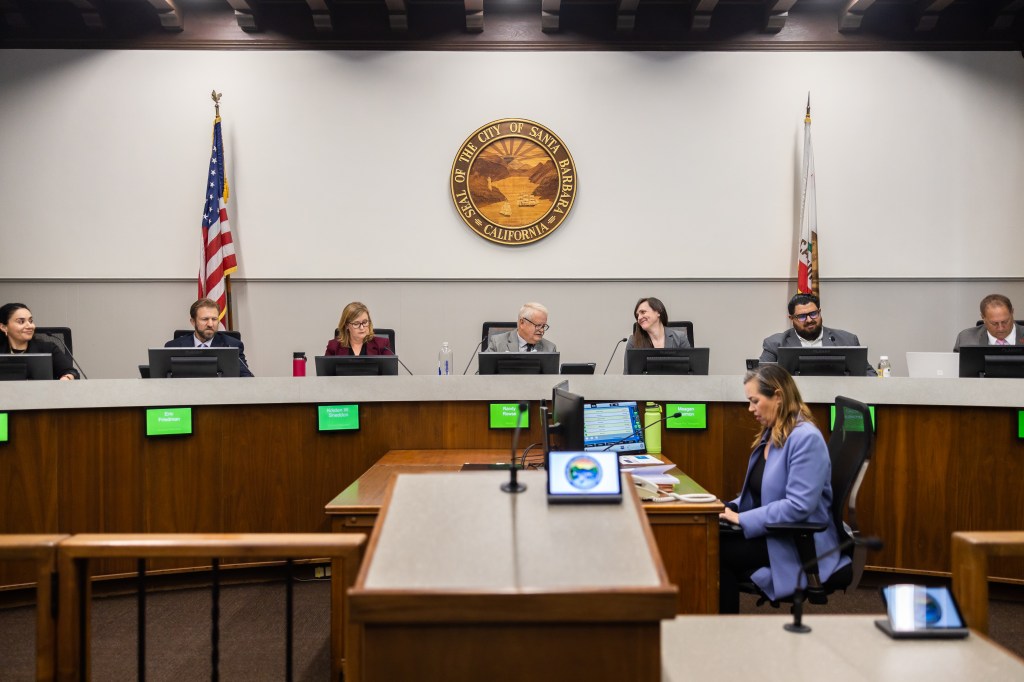
It’s been a long budget season for the City of Santa Barbara, but after more than a dozen public meetings totaling more than 50 hours of budget deliberations, the city’s budget is in its final form, and it’s seeming that the financial doom and gloom that was predicted early on might be more of an economic foggy day with the sun waiting just beyond on the horizon.
There was a lot of give and take during the budget talks, but in the end, the City Council was able to reduce the expected deficit by a few hundred thousand dollars, use the city’s reserves to keep the public libraries operating at full capacity, keep proposed fee hikes to a minimum, and save an after-school program that was on the chopping block.
Gloomy Economic Forecast
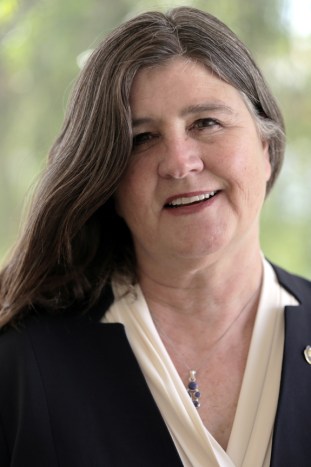
When the city released its two-year budget a few months ago on April 18, it projected a million-dollar deficit next year and a $4.8 million deficit in fiscal year 2025 unless each department was able to pitch in and find places to cut. City Administrator Rebecca Bjork recommended that each department cut 5 percent of its budget to put the city in better shape for the possible recession ahead.
Just two days later, Bjork was already preaching the lean-budget doctrine in public. During the State of the City event held on April 20, she said, “We are looking at how to trim down what we do. And we’re not looking at short-term cuts; we’re looking at how to become a smaller, leaner organization and hopefully still be able to offer the same high level of service as other agencies.”
But as budget deliberations went on, some city councilmembers, as well as members of the public who spoke during the meetings, began to question whether Finance Director Keith DeMartini’s dim forecast for the future was being used as an excuse to slash the city’s budget.
According to DeMartini’s projections, the city’s sales tax and transient occupancy tax revenues are expected to slow down in 2024 — despite both having a few years of steady growth — along with the cannabis excise tax, which sends 20 percent of gross marijuana sales toward the city’s general fund. The city’s cannabis tax, like the countywide tax, has been underperforming for a few years now and is expected to continue trending downward. Because of these dismal projections, city staff were able to ask for across the board cutbacks.
‘Too Much, Too Fast’
Despite these gloomy projections, which by DeMartini’s own admission are conservative estimates, there are plenty of positives that point to the city’s recent economic growth. The Measure C sales tax brought in a projected $31.5 million in 2023, and property taxes continue to perform well, with an estimated $44.5 million in revenues the same year. And though the 2024 projections show the general fund deficit of just more than $1.1 million, altogether, over the past five years, the city’s revenues versus expenses has resulted in a $72 million surplus to the general fund.
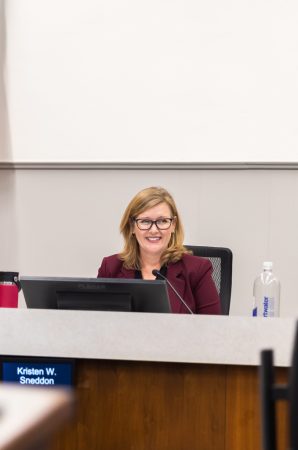
Several of the city’s unionized workers spoke during the budget hearings, asking that the City Council be careful about cutbacks, which could lead to jobs typically done by city employees being contracted out to outside agencies for the sake of saving a dollar. This has already been done with Downtown Parking, according to one employee, who said the city now uses outside contracts for trash pickup, landscaping, and pressure washing that could “easily be done” by city workers.
During one of two lengthy budget hearings last week, Councilmember Kristen Sneddon challenged city staff, saying they had “lost focus” of the city’s values, and alleging that the inconsistent revenue projections varied by anywhere from $10 million to $100 million, with three different figures shown in three different places. The staff’s PowerPoint, she said, showed a $203 million projection; the city’s online transparency tool showed $194 million. The budget book showed the largest figure, she said, with a projection of $301 million.
“Those snapshots all within a month are varying by $100 million,” Sneddon said. “Which number is the 5 percent reduction from?”
When DeMartini and Bjork attempted to explain that the “status quo” budget was more of an “internal tool” that was not normally available for the council while the budget was still being adjusted, Sneddon interrupted and said: “It’s not that it’s difficult — it’s not transparent.”
“This is too much, too fast,” Sneddon said of the city administrator’s suggestion that each department cut 5 percent across the board. “I’m not a fan of ripping off Band-Aids.”
Last-Minute Changes
Throughout the budget presentations, department heads came before the council, each offering a look at what they could feasibly cut to meet the city’s needs.
During one of the earliest hearings, Library Director Jessica Cadiente — like Santa Barbara’s “Ghost of Budgets Yet to Come” — laid out for the council what a lean library budget would actually look like.
The public library, she explained, had been working on a lean budget for years. The downtown location has been operating on reduced hours with a skeleton staff during the construction of the multimillion-dollar Michael Towbes Plaza project, and in that time, the library has leaned on its Library on the Go events and the Eastside Branch Library, which has become a new community hub with daily programs and services.
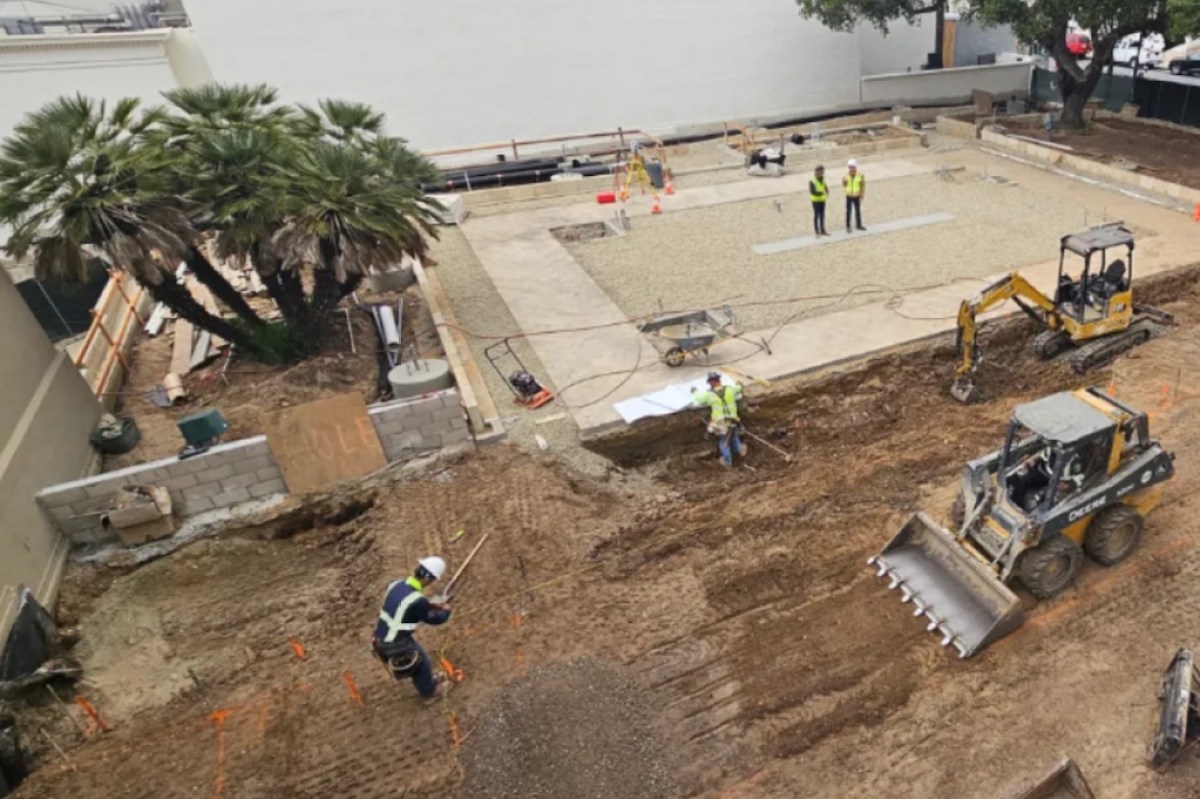
If the department were to continue with the budget as requested by the city’s finance staff, there would be no way to reopen the Central Library in full after construction and maintain the Eastside location at the same capacity.
Supporters of the library showed up in droves to speak during the budget hearings, pleading with the council to find a way to fund the library, which, according to Library Foundation Director Lauren Trujillo, was already down to its bare bones. “There’s nothing left to cut but more people and books,” she said.
Eventually, the council voted unanimously to use $686,000 from the city’s reserve funds to restore the Central Library to seven days a week and keep the Eastside library open for six days a week going forward.
Similarly, after hearing a wave of public input, the City Council unanimously agreed to put $83,000 toward restoring parks youth services and another $63,000 toward saving an after-school program at Monroe Elementary School.
Other last-minute changes to the budget included a reduction in the airport’s annual permit fees, which were proposed to get a massive bump of more than $3,000. Waves of private pilots, independent instructors, and mechanics spoke in opposition to the fee hike, saying it would force many smaller businesses out of Santa Barbara, and ultimately the council agreed to lower the fee to $650.
What About Measure C?
It was suggested throughout the budget talks that Measure C — a sales tax approved in 2017 and intended to go toward infrastructural needs — could be used to offset some of the expected loss in revenue, but that idea drew criticism from community members who worried that it would lead to the funds being used carelessly in the future.
Jarrett Gorin, an Eastside resident who serves as the chair of the Citizens Oversight Committee, spoke during the latest budget hearing about the need to limit Measure C’s uses. The fund isn’t legally limited to how it can be used, so it’s up to the city leadership to keep away from the temptation of using the money to fund other needs, such as library programs or administrative processes.
“Because Measure C revenues are not legally restricted, it’s important that the community sees that the city is meeting its commitment to use Measure C to address critical infrastructure needs,” Gorin said, explaining that the committee receives a report each year on the city’s accountability with using the funds. “Well, we made it a full five years before individuals on the City Council started to propose reading Measure C to cover shortfalls in the general fund, and that’s exactly what the voters were concerned about.”
Instead, the City Council opted to dip into the city’s reserves for many of the late additions to the budgets, with Councilmember Meagan Harmon suggesting that the city have a “real discussion” about adjusting its reserve policy going forward.
Sunny Days Ahead
As the long budget talks neared their end, former city councilmember, planning commission chair, and longtime city insider Haywood “Bendy” White stopped by to provide an unexpected ray of sunshine to the discussions.
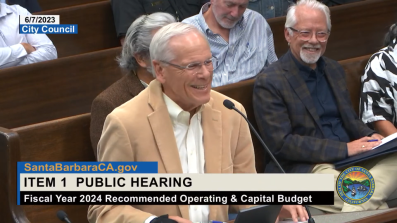
White, who at one point earned the nickname “Dr. No” for his propensity to vote against new developments, reminded the council that the gloomy forecast was the norm for budget seasons, and it was the council’s job to fight for what it thought the city needed.
“I would be very disappointed if a finance director came in with a forecast that was overly optimistic — you’re going to get conservative numbers out of your finance director,” White said to the council during the final budget hearing last Wednesday. “It is gonna be your job, however, to counterbalance that, and sometimes just to plain old push back. And I think there’s an opportunity here to do that.”
He ended with one final promise, a ray of hope in both the literal and figurative sense as Santa Barbara nears the end of May Gray and June Gloom. “This is going to stop,” White said, urging the council to keep the budget as it is and to wait and see if revenues jump back up in the next few months. “This community is going to fly very soon. The sun is going to come out in July, I promise.”
On Tuesday, council officially adopted the Two-Year Budget for 2024 and 2025, with a more manageable expected deficit of $700,000 heading into next year.




You must be logged in to post a comment.